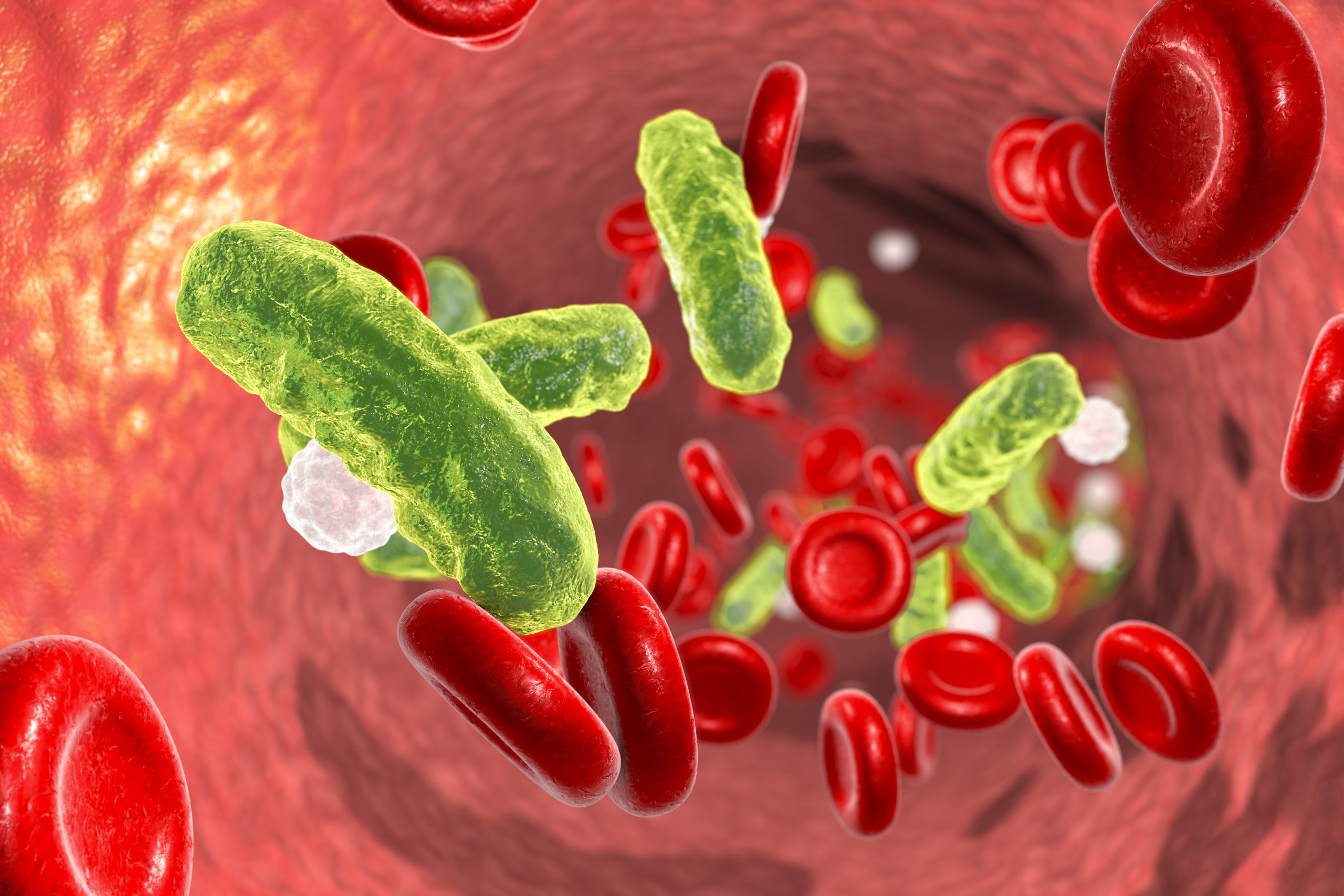Introduction: While many people are aware of outdoor air pollution, the dangers of household air pollution often go unnoticed. Indoor air pollution can have a significant impact on our health, as we spend a considerable amount of time indoors. This article aims to highlight the dangers associated with household air pollution and provide important information on what you need to know to protect yourself and your loved ones.
- Sources of Household Air Pollution: Household air pollution can arise from various sources, including:
- Cooking and heating appliances that use solid fuels (e.g., wood, coal).
- Tobacco smoke.
- Poor ventilation.
- Building materials and furnishings that release pollutants.
- Household cleaning products and pesticides.
- Mold, dust mites, and pet dander.
- Health Risks of Household Air Pollution: Exposure to household air pollution can lead to several health risks, including:
- Respiratory Issues: Prolonged exposure can cause or worsen respiratory conditions such as asthma, chronic obstructive pulmonary disease (COPD), and respiratory infections.
- Cardiovascular Problems: Fine particles and gases present in household air pollution can enter the bloodstream, increasing the risk of heart disease, stroke, and other cardiovascular conditions.
- Lung Cancer: Prolonged exposure to indoor pollutants like radon and tobacco smoke can increase the risk of developing lung cancer.
- Allergies and Irritations: Indoor pollutants can trigger allergies, irritate the eyes, nose, and throat, and cause symptoms such as coughing, sneezing, and skin rashes.
- Impaired Cognitive Function: Some studies suggest that long-term exposure to household air pollution may have detrimental effects on cognitive function, especially in children.
- Vulnerable Populations: Certain groups are more vulnerable to the effects of household air pollution, including:
- Children: Their developing respiratory systems make them more susceptible to the harmful effects of indoor pollutants.
- Elderly Individuals: Age-related changes and underlying health conditions can make the elderly more susceptible to the health risks associated with household air pollution.
- Individuals with Respiratory Conditions: Those already suffering from asthma, COPD, or other respiratory conditions may experience worsened symptoms due to poor indoor air quality.
- Prevention and Mitigation Strategies: To reduce household air pollution and protect your health, consider the following strategies:
- Proper Ventilation: Ensure good airflow by opening windows, using exhaust fans, and utilizing air purifiers or filters.
- Clean and Maintain Appliances: Regularly clean and maintain cooking and heating appliances to minimize the release of pollutants.
- Smoke-Free Environment: Avoid smoking indoors and encourage a smoke-free environment to reduce exposure to harmful tobacco smoke.
- Use Safe Cleaning Products: Choose cleaning products that are labeled as environmentally friendly and less likely to release harmful chemicals.
- Control Moisture and Mold: Fix leaks, reduce humidity, and promptly address mold issues to prevent respiratory problems.
- Keep Living Areas Clean: Regularly dust, vacuum, and remove sources of indoor allergens to improve air quality.
Conclusion: Awareness of the dangers associated with household air pollution is crucial for safeguarding our health and well-being. By understanding the sources of indoor pollutants and implementing preventive measures, such as proper ventilation, smoke-free environments, and regular maintenance, we can significantly reduce the risks associated with household air pollution. Prioritizing clean indoor air contributes to healthier living environments for ourselves and our families.










